Influence of Celebrity Athletes
The Licensed Sports Merchandise Market is significantly influenced by the presence of celebrity athletes who serve as brand ambassadors for various sports teams and merchandise. These athletes often have substantial followings on social media platforms, which they leverage to promote licensed products. The endorsement of merchandise by popular athletes can lead to increased sales, as fans are eager to emulate their idols. For instance, collaborations between athletes and merchandise brands have resulted in exclusive product lines that attract attention and drive consumer interest. The impact of celebrity culture on the Licensed Sports Merchandise Market cannot be understated, as it creates a direct link between athlete popularity and merchandise sales. As more athletes engage in partnerships with brands, the potential for growth in this market segment appears promising.
Expansion of International Markets
The Licensed Sports Merchandise Market is poised for growth due to the expansion of international markets. As sports leagues and teams seek to broaden their fan base, they are increasingly targeting markets outside their traditional strongholds. This globalization of sports has led to a rise in demand for licensed merchandise in regions where interest in specific sports is growing. For example, the popularity of American football and basketball has surged in countries such as China and India, leading to increased merchandise sales. The ability to tap into these emerging markets presents a significant opportunity for brands within the Licensed Sports Merchandise Market. As international fan engagement continues to rise, the potential for revenue growth through licensed merchandise sales is likely to expand, creating a dynamic landscape for market participants.
Rising Popularity of Sports Events
The Licensed Sports Merchandise Market is experiencing a surge in demand due to the increasing popularity of sports events worldwide. Major sporting events, such as the Olympics and World Cup, attract millions of viewers and fans, leading to heightened interest in team merchandise. In recent years, attendance at live sports events has shown a steady increase, with millions of fans purchasing licensed merchandise to showcase their support. This trend is further supported by the rise of social media, where fans share their experiences and merchandise, creating a ripple effect that boosts sales. The Licensed Sports Merchandise Market benefits from this phenomenon, as fans are more inclined to invest in products that represent their favorite teams and athletes. As the number of sports events continues to grow, the demand for licensed merchandise is likely to follow suit.
Technological Advancements in Retail
Technological advancements are reshaping the Licensed Sports Merchandise Market, particularly through the integration of e-commerce and mobile shopping platforms. The rise of online retail has made it easier for consumers to access a wide range of licensed merchandise from the comfort of their homes. Data indicates that e-commerce sales in the sports merchandise sector have been on the rise, with a notable increase in online transactions. Retailers are also utilizing augmented reality and virtual fitting rooms to enhance the shopping experience, allowing consumers to visualize products before purchase. This technological evolution not only streamlines the buying process but also attracts a younger demographic that prefers digital shopping. As technology continues to advance, the Licensed Sports Merchandise Market is likely to see further innovations that enhance consumer engagement and drive sales.
Growing Interest in Fitness and Wellness
The Licensed Sports Merchandise Market is benefiting from the growing interest in fitness and wellness among consumers. As more individuals prioritize health and fitness, there is an increasing demand for sports apparel and equipment that reflects this lifestyle. The trend towards active living has led to a rise in participation in sports and fitness activities, which in turn drives the need for licensed merchandise associated with these pursuits. Market data suggests that sales of sports apparel have seen a significant uptick, as consumers seek products that align with their fitness goals. This shift in consumer behavior presents a lucrative opportunity for the Licensed Sports Merchandise Market, as brands can capitalize on the fitness trend by offering products that cater to health-conscious consumers. The potential for growth in this segment appears robust.
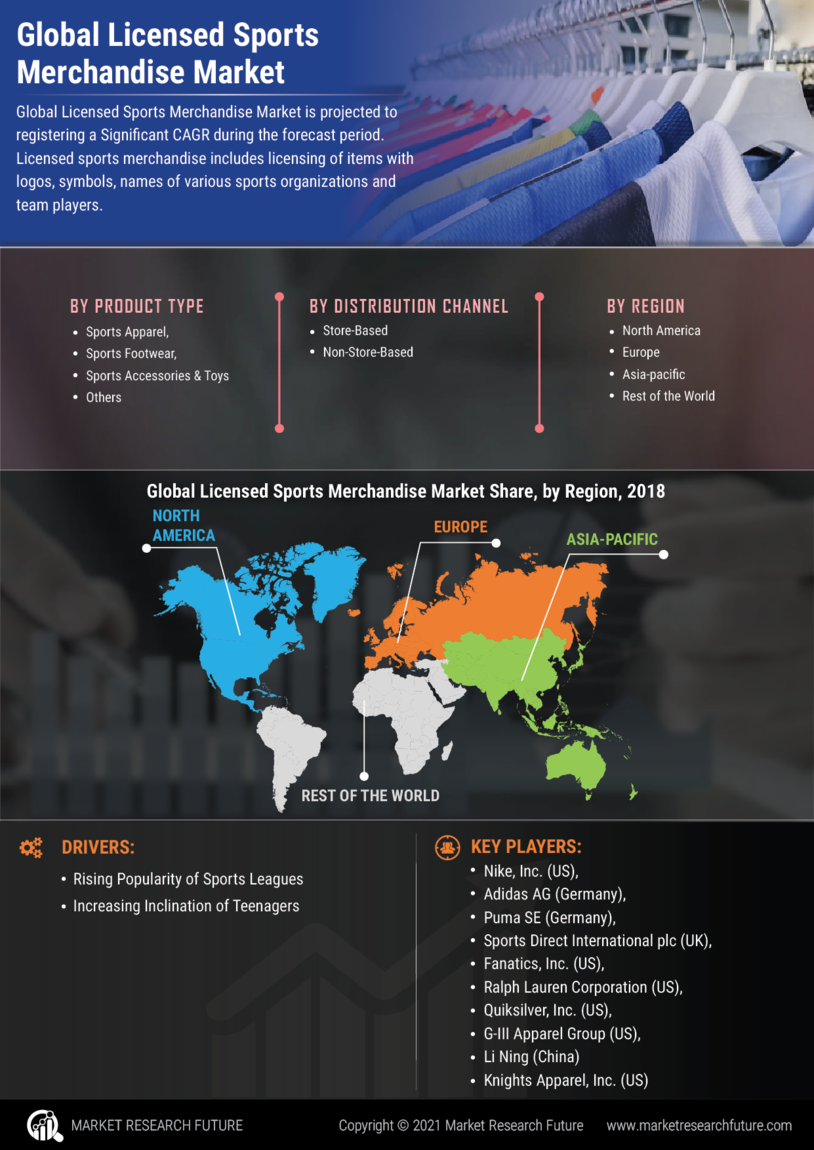

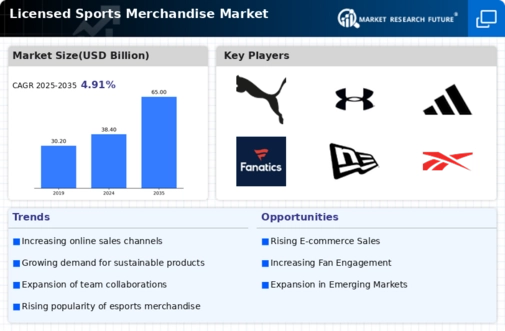
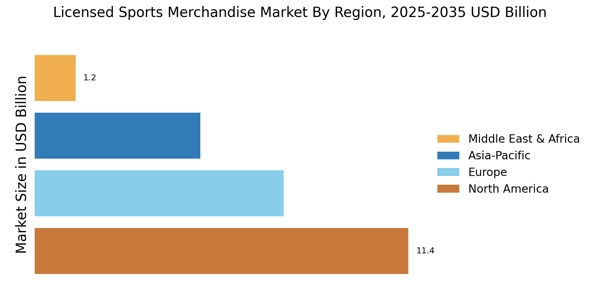
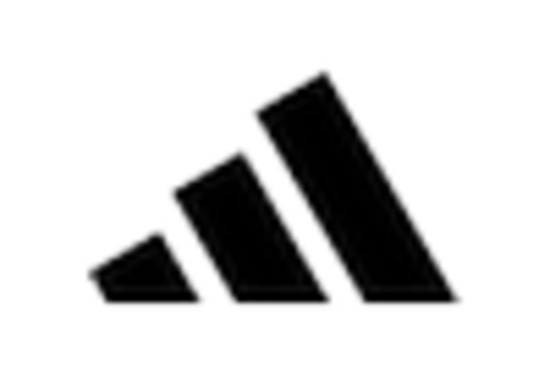
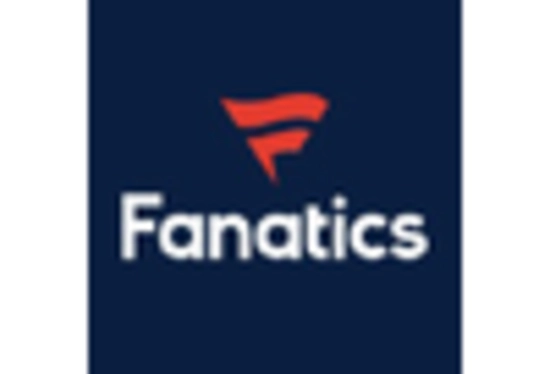
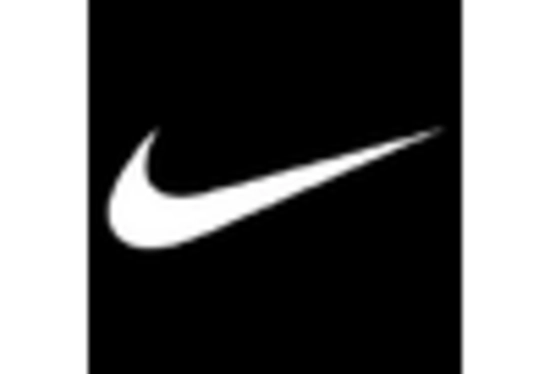
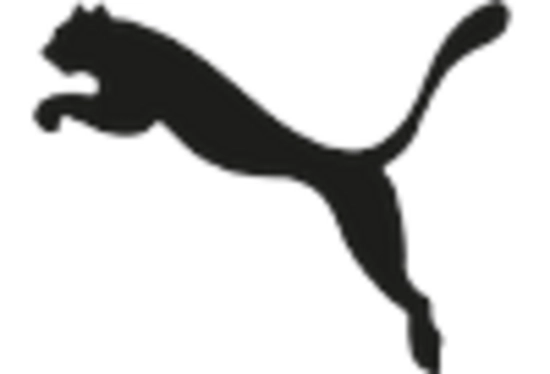
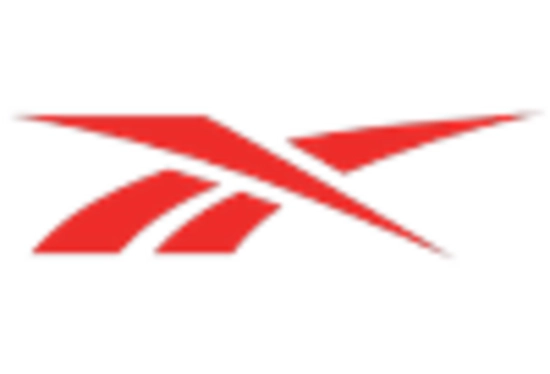









Leave a Comment